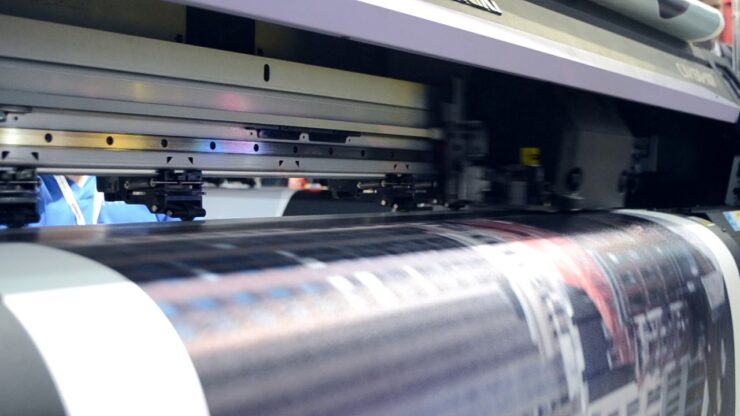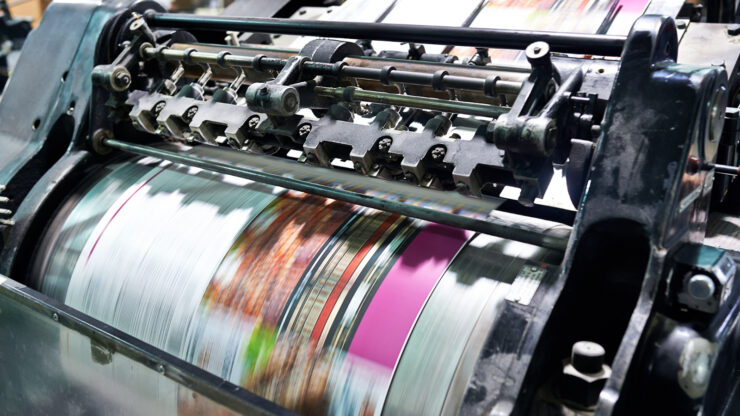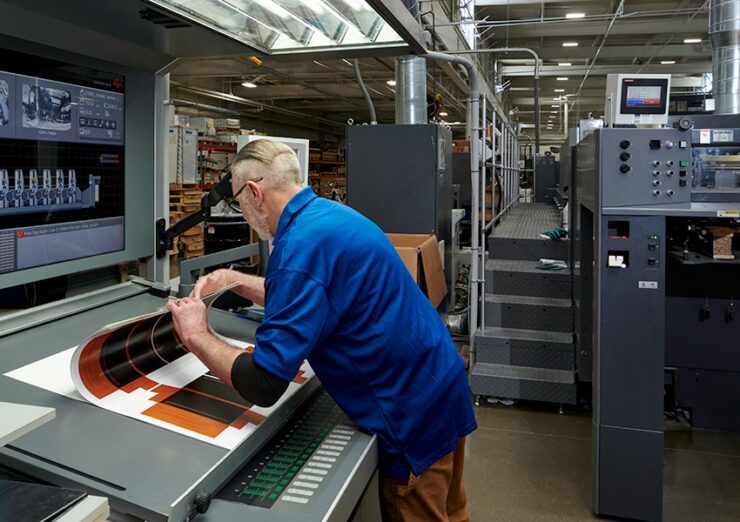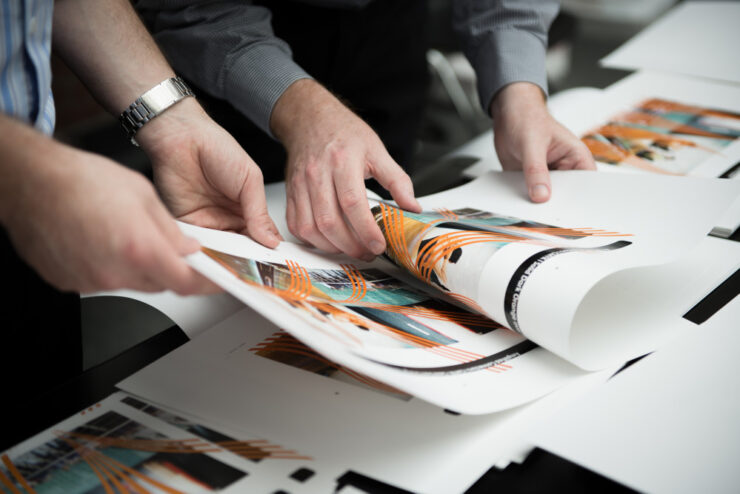Sustainable banner printing is a growing trend, and for good reason. When you think about it, printing materials that are environmentally friendly is definitely a better choice than using traditional methods. Here are some things to know about sustainable banner printing so you can make the right choices for your business.
Guidelines for Printing Banners
When choosing a company for banners, make sure they are environmentally friendly. Here are some guidelines to follow to ensure your banner is environmentally friendly:
– Select a company that uses recycled or recyclable materials.
– Choose a company that uses low-impact methods, such as screen printing.
– Request that the printer create “zero waste” banners. This means the printer will remove all packaging and materials after production is complete.
Sustainable Banner Printing Process

Banner printing is a popular way to promote your company or event.
- Choose a sustainable banner printing process. There are many different types available, so it’s important to choose one that fits the specific needs of your project. Some common options include direct-to-garment, screen and tie-dye printing.
- Use eco-friendly materials. An eco banner won’t damage the environment. Some safe choices include recycled paper and organic cotton fabrics.
- Print on multiple sizes. One of the benefits of using it is that you can print on multiple sizes without having to go through extra steps or waste materials. This allows you to create large banners that can be displayed outdoors or smaller banners that can be used as identifications at events.
Types of Banners
The printing industry is one that can be very damaging to the environment. Many times, in order to save on costs, companies opt for environmentally damaging practices when it comes to banner printing. Here are three things you need to know about sustainable banner printing if you want to make sure your business is doing its part in conserving resources:
- Use recycled paper. When choosing paper for your banners, be sure to use recycled paper. This will help reduce the amount of wasted paper that goes into landfills and also help improve the recycling process. Not only that, but using recycled paper helps reduce pollution caused by the manufacturing of new paper products.
- Disadvantages of PVC and vinyl banner material. Both PVC and vinyl banners are widely used in the banner printing industry because they are affordable and durable. However, these materials have a number of environmental disadvantages. For example, PVC releases chlorine gas when it is heated, which can damage water supplies; vinyl is also a petroleum product, so it contributes to climate change and air pollution.
- Consider alternative materials. There are many other materials that can be used for sustainable banner printing without compromising on quality or performance. Some examples include metal (aluminum or steel), cotton canvas, and polyester film. Each has its own advantages and disadvantages, so it’s important to research which option is best suited for your specific needs and requirements.
Different Printing Methods

Here are five different printing methods and their respective sustainability credentials:
- Recycled paper: This method uses recycled paper as the primary source of paper stock. According to the Forest Stewardship Council (FSC), a nonprofit organization that certifies forests around the world, FSC-certified recycled papers have met or exceed all of the environmental performance criteria set by the organization.
- Offset printing: This is a type that uses large plates that are placed on top of one another to create prints. The large plates reduce energy consumption by eliminating the need for inkjet printers to move print heads back and forth across each page, which in turn reduces emissions produced by these machines. In addition, it uses less water than other types of printing because it doesn’t require as much ink to be printed onto each page.
- Dye sublimation: This is a type where heat transfers ink from a reservoir directly onto a surface, such as a banner fabric or vinyl surface. This process results in high-quality prints that are durable and UV resistant. One downside to dye sublimation is that it can take longer than other printing methods to produce prints due to the need for special equipment and complicated techniques.
- Gravure printing: This is a print method that uses metal plates with highly precise gradations of depth to create prints. This process is used to create high-quality prints that are often used in advertising and other commercial applications. It is considered environmentally friendly because it doesn’t require a lot of water or energy to produce prints.
- Digital printing: This is a type that uses digital files instead of physical print materials. This method is popular because it allows for high-quality prints that can be produced quickly and efficiently. One downside to digital printing is that it can be difficult to replicate the look of a traditional banner print.
How to Choose the Right Printing Company for Your Banner Project?
Here are four tips for choosing the right printing company for your banner project:
- Look for a printer with environmental certification. A green printer will have certified programs that lessen their environmental impact.
- Compare prices and features. Compare the price of the banner printing project against the features offered by different printers. For example, some printers may offer discounts for large print jobs or bonus services, like digital printing.
- Ask about sustainability practices. Ask the printer about their sustainability practices, such as how they minimize their environmental impact by using recycled materials or reducing energy consumption in their facilities.
- Ask questions! Be sure to ask questions about the specific needs of your banner project, such as file requirements or delivery times.
Sustainable Printing Tips

- Choose a printing supplier that is certified sustainable.
- Use recycled materials when possible.
- Choose synthetic inks when possible to reduce environmental impact.
- Choose environmentally friendly packaging and printing processes when possible.
Wrapping Up
Thank you for reading our article on sustainable banner printing. By now, you should have a good understanding of what sustainable printing is and some of the benefits it has to offer your business. If you’re still not sure whether or not this is right for your business, be sure to read through our top tips for choosing the right sustainable banner printing company.

